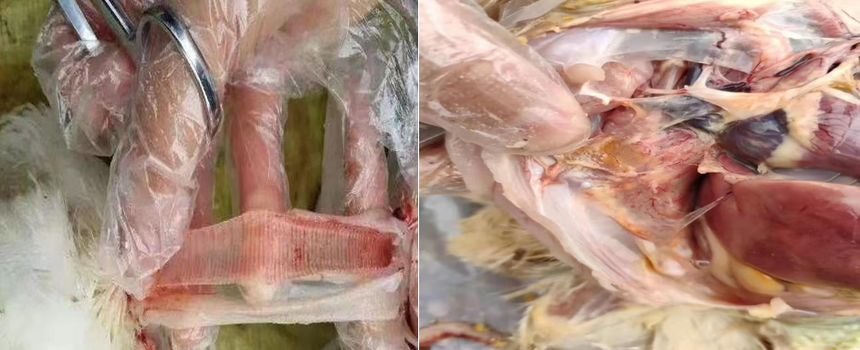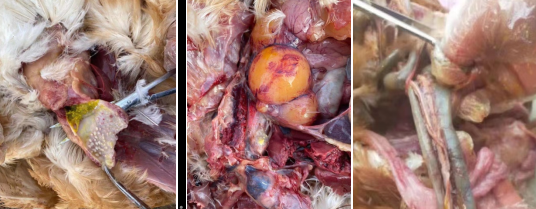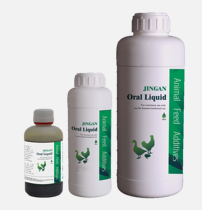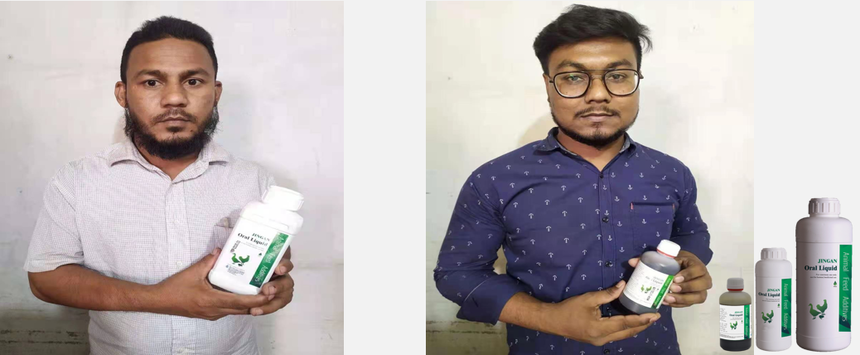|
JIN-GAN Liquid for Poultry Viral Disease Treatment: Case Studies
Viral diseases like avian influenza (AI) and Newcastle disease (ND) are among the most devastating threats to poultry farms worldwide, causing high mortality, reduced egg production, and significant economic losses. In regions with intensive farming, outbreaks can spiral quickly, especially when antibiotics fail or residues become a concern for meat and egg safety. For poultry farmers and distributors, finding a rapid, residue-free solution that aligns with modern health standards is critical. This article delves into the challenges of poultry viral disease treatment, backed by real-world case studies from Chinese farms, and introduces how herbal antivirals like JIN-GAN liquid offer a reliable alternative. We’ll focus on the core issue—effective poultry viral disease treatment—while providing actionable insights for integrators, distributors, and large-scale farms. The global poultry industry faces persistent viral pressures, with AI and ND leading to symptoms like respiratory distress, swollen heads, diarrhea, and drops in feed intake. Traditional treatments often rely on broad-spectrum antibiotics, which may be ineffective against viruses and contribute to antimicrobial resistance (AMR). Moreover, increasing regulatory scrutiny on drug residues in eggs and meat demands safer approaches. Herbal antivirals, derived from natural ingredients like honeysuckle (Lonicera japonica), scutellaria (Scutellaria baicalensis), and forsythia (Forsythia suspensa), have gained traction for their ability to target viruses without leaving harmful residues. JIN-GAN liquid, a standardized herbal oral solution, exemplifies this shift, combining traditional Chinese medicine principles with modern poultry health management. In this article, we’ll explore why poultry viral disease treatment remains a top priority, summarize clinical cases where JIN-GAN liquid demonstrated efficacy, and discuss practical implementation. By focusing on the problem—viral outbreaks—and naturally introducing solutions, we aim to empower stakeholders with data-driven strategies. Whether you’re a distributor in Asia, Africa, or Latin America, understanding these applications can enhance your product portfolio and support farmers in achieving sustainable production. Why Poultry Viral Disease Treatment Demands AttentionViral diseases in poultry, particularly AI and ND, are highly contagious and can spread through flocks via airborne particles, contaminated equipment, or wild birds. Common symptoms include coughing, nasal discharge, swollen faces, lethargy, and greenish diarrhea, often leading to mortality rates of 10–50% if untreated. Necropsy findings typically reveal hemorrhagic tracheas, swollen spleens, and necrotic liver spots—clear indicators of systemic infection. Beyond immediate losses, outbreaks disrupt production cycles, reduce egg quality, and incur costs from culling and biosecurity measures. The limitations of conventional methods exacerbate these challenges. Antibiotics, while useful for bacterial co-infections, do not directly target viruses and can lead to residue issues in edible products. Vaccination is preventive but may not cover all strains or address acute outbreaks. This gap highlights the need for adjunct therapies like herbal antivirals, which work by enhancing immunity, reducing inflammation, and inhibiting viral replication. For instance, JIN-GAN liquid’s formula is designed to clear heat, detoxify the body, and relieve respiratory symptoms, making it a versatile tool in poultry viral disease treatment protocols. Case Study 1: Avian Influenza Outbreak in Shandong Broilers
Case Study 2: AI with Secondary Infections in Dalian Broilers
Case Study 3: Post-Vaccination Respiratory Stress in Weifang Broilers
Case Study 4: Newcastle Disease in Yantai Layers
How JIN-GAN Liquid Works in Poultry Viral Disease Treatment
JIN-GAN liquid’s efficacy stems from its herbal composition: honeysuckle flower, scutellaria root, and forsythia fruit. These ingredients possess antiviral, anti-inflammatory, and immunomodulatory properties. Honeysuckle is known to inhibit viral replication, scutellaria reduces fever and oxidative stress, and forsythia alleviates respiratory inflammation. Together, they target the root causes of viral diseases, helping birds recover faster without the residues associated with synthetic drugs. Dosage recommendations are critical for success:
Benefits observed in these cases include:
Integrating JIN-GAN Liquid into Farm Health Plans
Successful poultry viral disease treatment requires a holistic approach. Farmers should:
|







